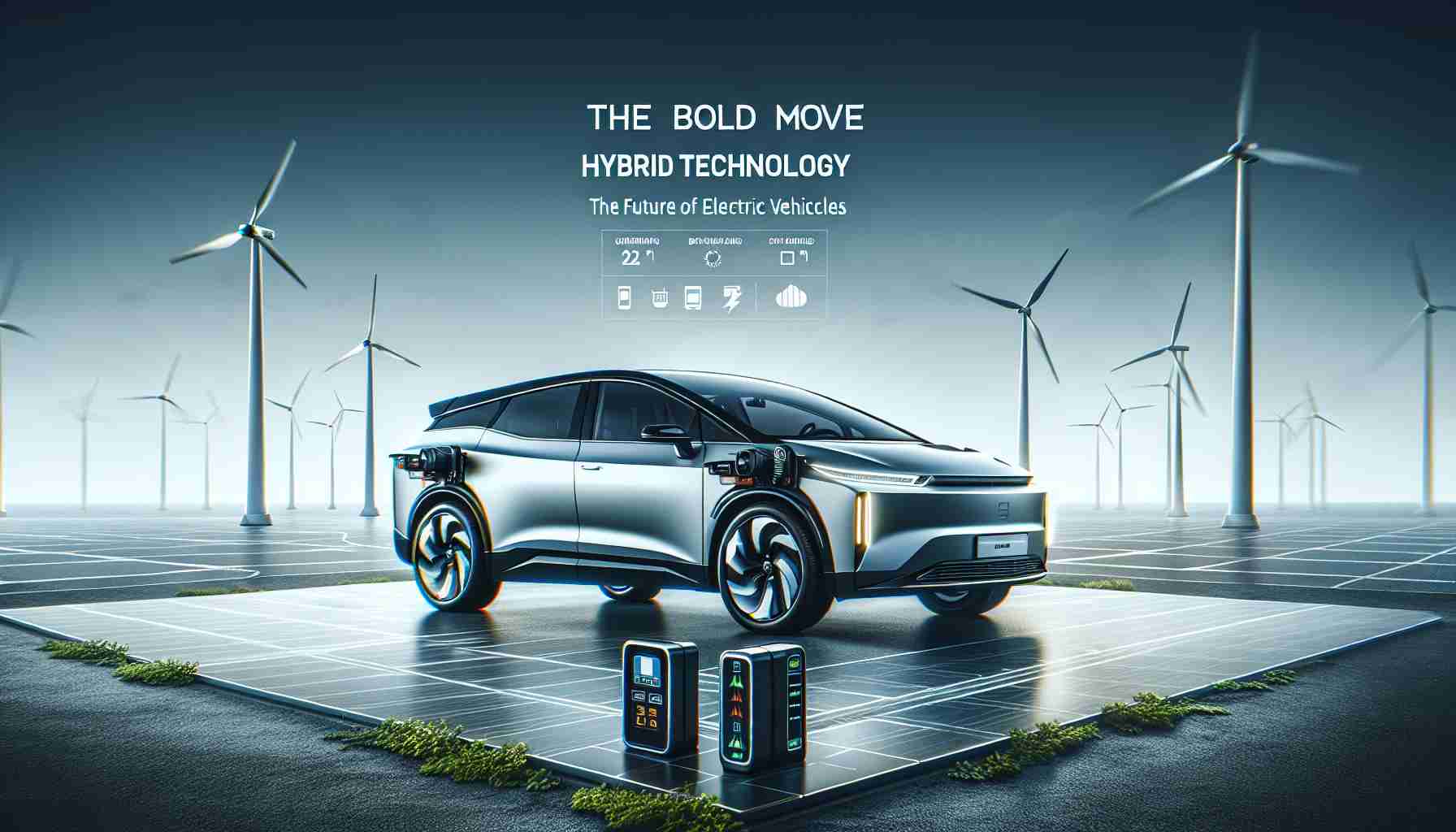- Ford is focusing on range-extender electric vehicles (EREVs) to address demand challenges for all-electric models.
- EREVs combine electric driving with a gasoline engine, offering low emissions and extended range.
- These vehicles operate as electric for daily use, with a gas engine providing power when needed.
- The EREV technology is gaining traction in China but remains limited in the US and Australia.
- Ford plans to integrate EREV technology into its SUVs and Super Duty pickups, aiming to outpace competitors like Ram.
- Market introduction of Ford’s EREVs is expected around 2027, generating significant interest.
- Ford faces challenges with its current electric lineup, potentially impacting its future electric strategy.
As demand for Ford’s all-electric vehicles begins to stall, the automaker is pivoting towards a new frontier: range-extender electric vehicles (EREVs). This innovative technology merges the benefits of electric power with the reassurance of a gasoline engine, ensuring drivers experience low emissions without the worry of running out of charge.
Imagine an electric SUV that can effortlessly switch between clean energy and a combustion engine—providing peace of mind on long drives. EREVs operate like traditional electric vehicles for daily commutes, but when the battery starts to dwindle, a gas engine kicks in, generating electricity to keep you going. While this technology flourishes in China, it has remained largely unexplored in the US, with limited models making their way to Australian shores.
Ford’s game plan includes integrating EREV technology into its popular SUVs and even the rugged Super Duty pickups, potentially putting them ahead of rivals like Ram, which is set to unveil its own range-extender pickup. Sources suggest that Ford’s EREVs may not hit the market until 2027, leaving enthusiasts eagerly anticipating this blend of electrification and versatility.
Yet, as Ford charts this exciting course, it faces challenges with its current electric lineup. The F-150 Lightning, heralded as a game-changer, has seen mixed reception and production halts due to declining demand. It raises the question: Could Ford’s focus on EREVs be the key to revitalizing its electric strategy in a competitive market? As the landscape of electric vehicles evolves, one thing is clear: Ford is adapting, aiming for a brighter, more flexible future.
Ford’s Bold Move: The Rise of Range-Extender Electric Vehicles
Ford Motor Company is undergoing a significant shift as it navigates the challenges of the electric vehicle (EV) market. While initial demand for its all-electric vehicles has slowed, the automaker is pivoting towards an innovative solution: range-extender electric vehicles (EREVs). This hybrid model offers the benefits of electric power combined with a gasoline engine, thus alleviating range anxiety and facilitating a smoother transition for consumers seeking greener options.
The Appeal of EREVs
Imagine driving an electric SUV that operates seamlessly between electric power and a traditional combustion engine. This dual powertrain design provides flexibility, particularly on long trips. EREVs can be utilized like conventional electric vehicles for everyday use, with the gas engine kicking in to generate electricity when the battery runs low. This technology, though popular in markets like China, has yet to gain traction in the U.S., making Ford’s potential entry a notable development.
Features and Specifications
– Dual Powertrain: EREVs combine electric motors with gasoline engines to produce electricity, ensuring continuous operation.
– Ecological Benefits: Lower emissions compared to traditional vehicles while maintaining performance and convenience.
– Integration into Popular Models: Plans to include EREV technology in SUVs and Ford’s Super Duty trucks, which could enhance their appeal to a broader audience.
Market Trends and Forecasts
Ford’s integration of EREV technology positions it to compete with other manufacturers, such as Ram, which is expected to release its own range-extender pickup. However, Ford’s EREVs are anticipated to debut no earlier than 2027, leaving a gap that other manufacturers may exploit.
Pros and Cons of EREVs
Pros:
– Flexibility: Eliminates range anxiety with the option of gasoline power.
– Sustainability: Offers a greener alternative by reducing reliance on fossil fuels in daily commuting scenarios.
Cons:
– Market Entry: Limited current options in the U.S. may deter early adopters.
– Operational Costs: While they promise efficiency, fuel prices and maintenance of gasoline engines may offset some savings.
Frequently Asked Questions
1. What are the main benefits of range-extender electric vehicles?
Range-extender electric vehicles offer drivers an environmentally friendly mode of transport without the fear of running out of battery, especially during long journeys. They provide emissions reduction during everyday use while still enabling travel to locations without charging infrastructure.
2. How does Ford’s EREV strategy compare to its electric lineup?
Ford’s shift to EREVs is a strategic response to slow demand for its fully electric models like the F-150 Lightning. By developing EREVs, Ford aims to appeal to consumers who may be hesitant to fully commit to all-electric vehicles due to range concerns.
3. When can we expect to see EREVs on the market?
Ford’s EREVs are not expected to reach consumers until 2027. This timeline allows the company to refine technology while addressing current challenges in the EV market.
Related Links
For more insights on Ford’s electric vehicle strategy, visit Ford.














